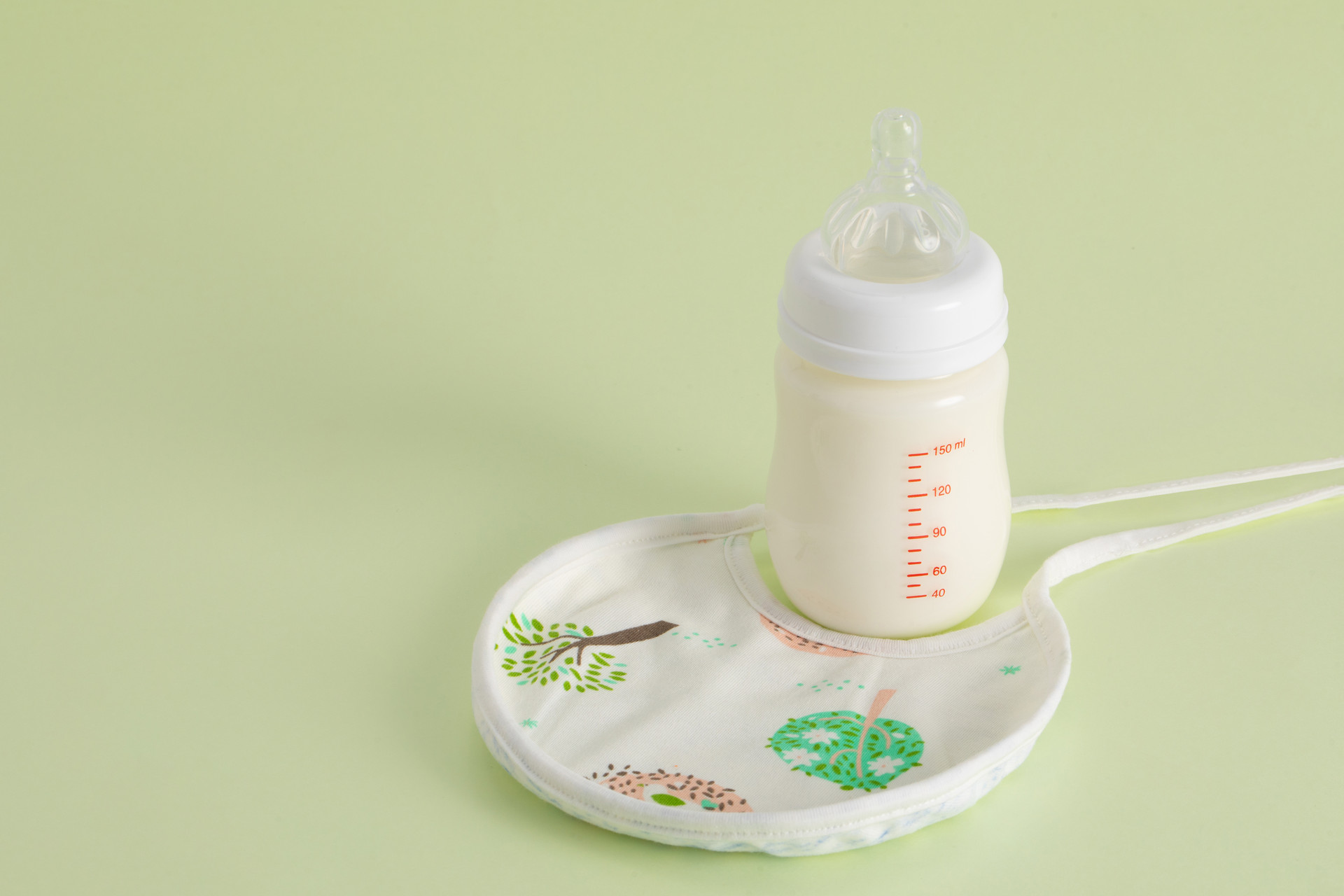How to Make Children Love Brushing Their Teeth
At only two years old, some babies already have tooth decay, which can be very confusing for many parents. In addition to poor eating habits, not properly cleaning teeth is also a major cause of cavities. Parents should educate their children to brush their teeth after meals, as it not only cleans the teeth and removes plaque, but also massages the gums, promoting tissue metabolism and enhancing gum disease resistance.
At what age should babies start brushing their teeth?
It is generally recommended to pay attention to oral hygiene for babies from birth. For formula-fed children, it is best to rinse their mouths with water after each feeding. After six months, when children start teething and eating solid foods, parents can consider brushing their teeth, using a finger brush to help the baby. After one year old, parents can buy special soft-bristle toothbrushes for their children, allowing them to imitate adults in brushing their teeth. By the age of three, children should learn to brush their teeth in the morning and evening, and rinse their mouths after meals.
How to make children love brushing their teeth?
Many parents know the benefits of brushing their teeth and understand the need to encourage their children to brush their teeth. However, very young children often resist brushing their teeth, even if adults help them. So what can be done to make children love brushing their teeth? Here are some things you can do.
1. Cultivate the habit of drinking water after finishing milk from an early age
If your child is formula-fed, it is necessary to feed them some water from birth. After each feeding, you can give the baby some water with a bottle. Over time, the baby will develop the habit of drinking water after milk, which can help keep their oral cavity clean. Don't underestimate this detail, as persisting in doing so can make the baby's mouth cleaner.
2. Give your baby a toothbrush as early as possible
If possible, you can give your baby a toothbrush after their first tooth erupts. There are many baby toothbrushes available on the market, including finger brushes that adults can use and toothbrushes specifically designed for infants, usually made of PP and silicone materials, with softer bristles than adult toothbrushes.
You will find that at first, the baby will only bite the toothbrush randomly, but over time they will start imitating the brushing motion of adults with their own toothbrush.
3. Brush your teeth in front of your baby regularly
Children aged 1-2 like to imitate, so parents can intentionally demonstrate tooth brushing in front of their baby. Each time it's time to brush their teeth, you can say to the baby, "Mommy is going to brush her teeth, do you want to brush your teeth too?", and encourage the child to pick up their toothbrush and join the "game" with adults. You will find that the child is actually very interested, although their hands are still clumsy, their posture is already quite similar!
4. Tell tooth brushing stories to your baby
Many children's picture books have tooth brushing stories, such as the "Tooth Brushing" chapter in the "Little Bear" picture book, which tells the story of several animals brushing their teeth. Although the story is simple, many babies love it. Through parent-child reading, babies can think of "brushing teeth" as something interesting and gradually develop a love for brushing their teeth.
How to brush your baby's teeth correctly?
Parents not only need to make children love brushing their teeth, but also guide them to brush their teeth correctly. Incorrect brushing techniques will not be beneficial for teeth cleaning. Generally, children need to be at least 3 years old to master the basic tooth brushing skills. Since children's tooth brushing knowledge mainly comes from parents, parents should first know how to brush their teeth correctly.
Generally, when brushing teeth, the bristles should be placed near the gum line and tilted at a 45° angle to the tooth surface. Brush the upper teeth from top to bottom and the lower teeth from bottom to top. After brushing the outer surface, also brush the inner surface and the biting surface of the back teeth. It is recommended to brush teeth for at least 3 minutes to effectively clean the teeth. Parents should remind children not to use a sawing motion while brushing.
In addition, before children learn to brush their teeth, toothpaste may not be used. The first toothpaste used should be a swallowable children's toothpaste.











